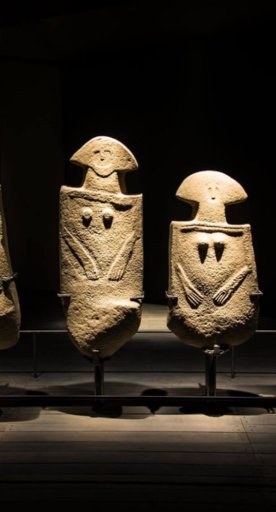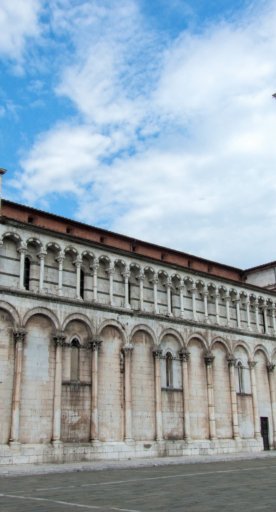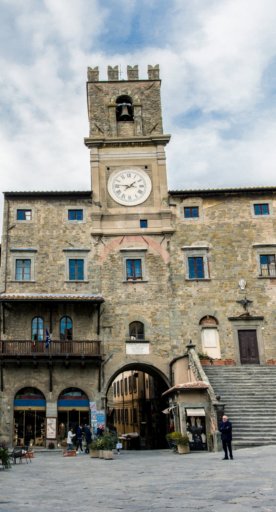
Discovering Bartolomeo della Gatta in Castiglion Fiorentino
Discover three of the most famous paintings by Bartolomeo della Gatta, a student of Piero della Francesca and Renaissance genius
Bartolomeo della Gatta, pseudonym of Pietro di Antonio Dei (Florence, 1448 - Arezzo, 1502), was an Italian painter, miniaturist, clergyman, and architect.
The son of a goldsmith, he was enrolled by his father in the Guild of Florentine Master Goldsmiths at the age of only five. Later he would attend Verrocchio's workshop where he became acquainted with the greatest artists of the time, including Botticelli, Ghirlandaio, Leonardo da Vinci, Lorenzo di Credi, Perugino and Luca Signorelli.
Around 1468 Bartolomeo decided to take holy vows, probably within the Camaldolese monastic community of Arezzo, where he later became abbot of the Abbey of San Clemente.
While working in Arezzo and Urbino, Bartolomeo della Gatta most likely frequented other great artists of the caliber of Piero della Francesca and Donato Bramante.
Bartolomeo della Gatta was especially active in eastern Tuscany, in Arezzo and other localities in the Arezzo area such as Sansepolcro, Cortona, Castiglion Fiorentino and Marciano della Chiana; other works can be found in Rome (frescoes in the Sistine Chapel) and Urbino.
-
1.Archangel St. Michael
-
2.The San Giuliano altarpiece
-
3.Saint Francis of Assisi receives the stigmata
Archangel St. Michael

This tempura and oil painting, dating to 1480, comes from the old San Giuliano Parish church and can now be seen in the Municipal Art Gallery. The work shows the Archangel Michael, patron saint of Castiglion Fiorentino, triumphing over the dragon (symbolizing evil). By the saint’s side we see a young woman cradling a baby: Teodora, daughter of Lorenza Guiducci (who commissioned the painting) and Paolino Visconti, who was part of the Milanese troops that lived in Castiglion Fiorentino during the war against Florence. The work reflects Bartolomeo della Gatta’s draughtsmanship and chromatic freshness.
The San Giuliano altarpiece

The altarpiece was painted by Bartolomeo della Gatta in 1486 and it is on display in the Collegiate Church in Castiglion Fiorentino. In the center, we see the Madonna on a throne with the Baby Jesus in her lap; to the sides, the saints Peter and Paul. In the foreground to the left, San Giuliano and, to the right, San Michele, the patron saint of Castiglion Fiorentino, killing a dragon with a lance, symbol of the Evil. The painting originally had four panels narrating the life of San Giuliano, two of which were stolen in the early 1900s and were never found; the other panels can be seen in the Parish Museum, next to the Collegiate Church.
Saint Francis of Assisi receives the stigmata

The work, originally hailing from the Church of San Francesco, was painted in 1487 and can now be found in the Room of the Sisters’ Choir in the Art Gallery in Castiglion Fiorentino.
The scene is set in a mountainous landscape, in which there is a clear reference to Mount La Verna, the place where the miracle took place: in the center we see St. Francis in the act of receiving the stigmata, next to him Brother Leone in disbelief of what is happening. In the background, the scenery, vegetation and animals are lit with a miraculous light. This is Bartolomeo della Gatta’s most important work: a summary of different cultures that blend Florentine naturalism, the volumes of Piero della Francesca and the attention to detail typical of Flemish artists.














































































